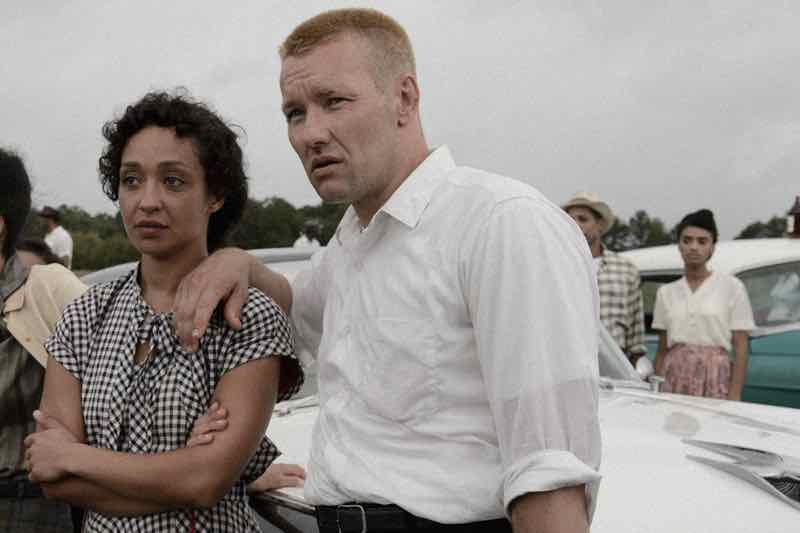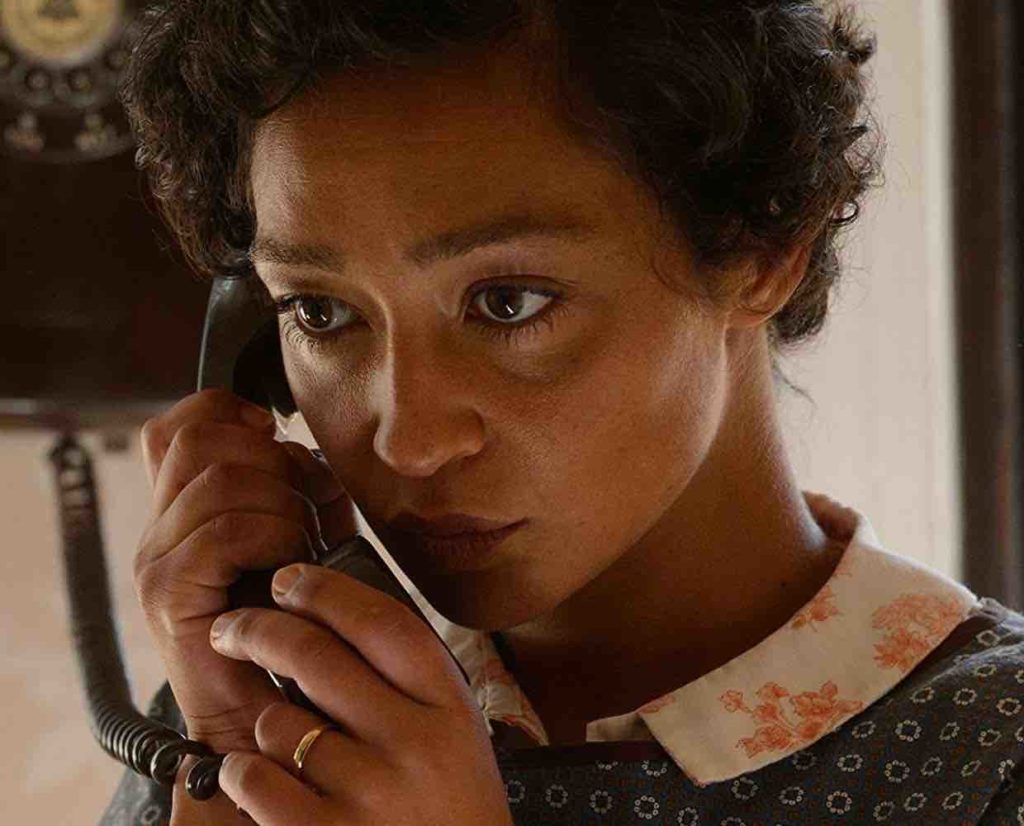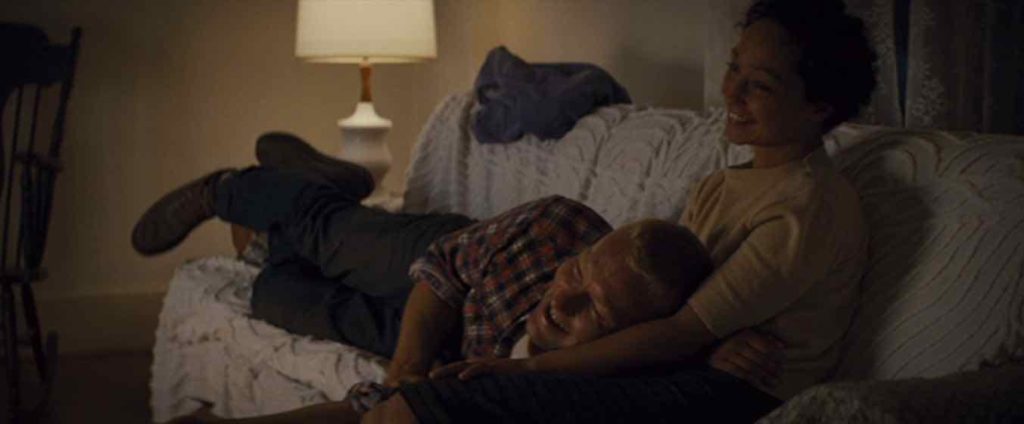
The most burning question in my mind as I watched the film Loving was “why do people like this movie so much?” That the movie portrays a pivotal event in American history is inarguable. The Lovings’ story is a reminder of how recently legally sanctioned violence in defense of segregation was on the books in states across the country. It is a tale that should inspire humility in those who contend that American racism died with the Confederacy. So how did director Jeff Nichols manage to make such a significant story so painfully dull?
I can understand the instinct that determined Nichols’ take on the story. I imagine him thinking: “Too many biopics glorify outsized personalities and tell unrelatable narratives. This is just a story about two ordinary people who found themselves in an extraordinary situation, and changed the course of American history.” Nichols’ desire to avoid the case, “Loving v. Virginia,” in Loving is admirable. Viewers might find it easy to forget the couple at the center of the case if they were treated to a standard courtroom drama. The Lovings didn’t even attend the Supreme Court hearing that struck down miscegenation laws across America. They were tired of the press and tired of the fight after ten long years of struggle with an intransigent state. Still, their love carried them through.
The trouble is that, for a film ostensibly rooted in the love between two ordinary people, I struggle to adequately describe either of them. I can tell you that they are both quiet types. Richard is stolidly quiet, while Mildred (or “Bean” as he calls her in one of the film’s few capitulations to sentiment) is demurely quiet. Mildred, the chatterbox of the pair with her polysyllabic sentences, does seem more galvanized than her husband. If the film is to be believed (and I do not doubt Loving’s almost tyrannical adherence to the Lovings’ true story), Mildred’s determination kept Richard invested in their court case.

In a story that purports to focus on their love, I couldn’t begin to tell you why the Lovings love each other. In a two-hour film about their unbreakable bond, Richard and Mildred exchange maybe 20 lines with one another, usually in short, cursory sentences that convey necessary exposition before returning to stoic silence. As far as I could tell, their favorite activity together was staring contemplatively into the middle distance, quiet as the falling snow. Every now and again they hug, almost reluctantly. There’s very little explicit information about how or why they fell in love, and hardly any indication (explicit, implicit or otherwise) that they, in fact, enjoy one another’s company. Did Richard and Mildred Loving truly only get married because she’d gotten pregnant, and only stay together because they had children and thought the state of Virginia should stop being such dicks? From the information provided by the film, I can’t discount it as a theory.
Jeff Nichols apparently relied heavily upon a 2011 Documentary, The Loving Story, as he wrote and directed Loving. Much of the dialogue purportedly comes directly from the documentary, which heavily features interviews and footage filmed for Life magazine while “Loving v. Virginia” was ongoing. Reading that simple fact was like finding the Rosetta Stone to my dislike. It helped explain so much of my trouble with the film. Documentary and narrative film are distinct genres with good reason. Real conversations are usually boring to watch. Couples, particularly with the cameras on, are unlikely to act as affectionately toward one another as they are on their own, and people often don’t say much to one another, whether cameras are on or off.
Storytellers in narrative film usually fill in the gaps that a documentary would miss. How do couples act with one another when the cameras aren’t on them? Do they have inside jokes? Endearments? Games that they play with one another? Jeff Nichols may have accurately depicted certain aspects of the Lovings’ lives, but by relying on documentary footage, he neglected aspects that would humanize their story and make it relatable. The two people I watched for two hours had no reason to stay together, other than the landmark court case, in which they were involved. Far from sidelining the court case in favor of his subjects, Nichols’ strategy actually drags the case to the center of the movie by providing no other discernable reason for the Lovings’ relationship. It is a strategy that, I believe, does a disservice to the story.
Both lead actors seemed to perform their roles well. Joel Edgerton and Ruth Negga disappear into their characters in what I’m sure were convincing portrayals of the real-life Richard and Mildred Loving. Even so, they don’t seem particularly fond of one another, for which I consider Nichols roundly responsible. He keeps them separate to the point of exasperation, except when they to come together, share three lines of expository dialogue, and then depart to their own worlds again. A lovely moment when Richard and Mildred sit on the couch watching tv was surrounded by 118 minutes of lifeless conversation and emotion so suppressed it verged on catatonia.

And yet, critics adored Loving. The film currently has a 90% Fresh rating on Rottentomatoes, and a 76% audience score. Did that many people truly find the film “resplendent,” “beautiful,” and “radical”? Many of these positive reviews seem to veer into virtue signaling, not really detailing what reviewers liked about the film, but emphasizing their certainty that they loved it. Vague language abounds. The terms “restrained” and “unassuming” seem designed to mask “boring” and “uninformative” from reviewers who felt they should like the film, yet struggled to muster a more potent plaudit than “understated.” Now, critics do tend to gravitate towards art-house cinema, like moths to a neutral gray flame. It’s possible that I’m misinterpreting their motives, seeing virtue-signaling when really, they just actually like boring films.
The political environment around Loving’s release is relevant, too. Loving opened on November 4, 2016, after months of news about bigotry and state violence, the rise of White Nationalism, the Black Lives Matter movement, and five days before Donald Trump’s election. It was a sensitive time. The whole country was on edge (quite unlike the happy-go-lucky relaxation that we all enjoy today). Any film that felt like a repudiation of Trump and his particular brand of narcissistic racism undoubtedly sat more positively with critics and audiences alike. If I had walked into the theater to see Loving on November 10th, I might very well have loved it, simply for what it represented.
That context raises an important question when you’re watching a disappointing film on a meaningful subject. How do you fairly criticize a film that is both vitally important and dreadfully boring? And can you do so without striking a blow for the distressingly pasty status quo? Hollywood has a long history of focusing on white-only stories. Black characters are often tokenized or entirely MIA, and the classic “everyman” love story just so happens to always involve two white people. Movies that challenge that dynamic are, therefore, essential. Even tedious films can play an important role in exposing audiences to stories that we haven’t seen before, and in wedging open the door for actors, filmmakers, and narratives that aren’t suffused in a shade of pale ivory. The Lovings’ story unquestionably deserves to be told, but I do wish I had seen it told better.